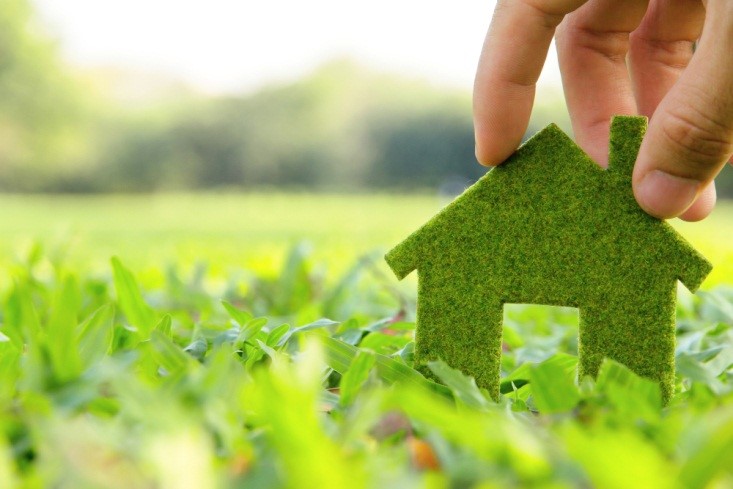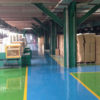Single-use plastic cutlery is used around the world by individuals and business houses. The bitter truth is that most of this plastic, unfortunately, end up in landfills rather than plastic recycling plants.
The good news is that, with single-use plastics being in the spotlight, more and more people and business houses are opting out to reduce them.
So, what is single-use plastic?
The answer is, single-use plastic is any plastic item intended to be used only once before it is thrown away or recycled. Here are some examples of single-use plastic:
- Disposable Plastic plates, forks, and knives
- Plastic shopping bags and grocery bags
- Plastic coffee cup lids
- Styrofoam and plastic take out containers
- Plastic straws
- Plastic tableware
- Cigarette butts
- Plastic drinking bottles and bottle caps
- Food wrappers, containers, and lids
- Foam take-away containers
Today we are going to share why we shouldn’t use single-use plastic and what are the practical ways to really reduce its consumption.
5 Reasons, Why You Shouldn’t Use Plastic Cutlery
1. Majority of single-use plastic waste can’t be recycled
Just nine percent of the world’s nine billion tones of plastic has been recycled according to a UN Report. Most of our plastic ends up in landfills, our oceans and waterways, and the environment. Plastics do not biodegrade. Instead, they slowly break down into smaller pieces of plastic called microplastics.
Most plastic cutlery is made from a type of plastic known as polystyrene1. Polystyrene or expanded polystyrene is more commonly referred to as Styrofoam. It is very difficult to recycle Styrofoam. Most municipalities simply do not offer Styrofoam recycling and thus plastic cutlery that is put into a recycling bin is usually just sorted out at the recycling facility and sent to a landfill.
2. It Creates waste, a lot of waste
Single use plastic if doesn’t or can’t get recycles, it simply ends up in a landfill. The fact is 85 percent of the world’s plastic is not recycled. Its is sent to landfills.
Eco-friendly disposable tableware, such as range of biodegradable tableware from Ecoware; which are made up of sugarcane pulp, can be composted and instead of piling up in a landfill it can be used as fertilizer in our kitchen garden.
If re-usable cutlery or metal cutlery can be used, it’s even better. In this case, the process of creating a single-use item and the solid waste generated can be simply avoided.
3. It takes a lot of energy and resources
Solid waste isn’t the only thing that’s wasteful about plastic cutlery. Plastic cutlery also takes a lot of energy and water to create. For instance, in the same amount of resources needed to make 1 polystyrene fork, 2 compostable forks can be made.
4. Hazardous to marine life if they end up in the ocean
About 13 million tons of plastic waste enters our oceans each year. That is like a garbage truck full of plastic being dumped into the ocean every minute. At this rate, the amount of plastic littering the world’s oceans will triple within a decade. At this rate, by 2050 plastics waste could outweigh fish in our oceans. It’s time to take some drastic measures now.

5. Hazardous to human health
In addition to creating safety problems during production, many chemical additives that give plastic products desirable performance properties also have negative environmental and human health effects.
When you transfer hot food straight from the oven, stove or microwave into a plastic serving bowl, toxic components from the plastic leach into your food.
This may cause, endocrine disruption, which can lead to cancers, birth defects, immune system suppression and developmental problems in children.
What We Can Really Do About it:
For consumers, the following can be recommended:
- Use of biodegradable eco-friendly disposable tableware made of sugarcane pulp. You can buy this eco-friendly dinnerware and cutlery from Ecoware E-Store.
- Use of re-usable metal cutlery whenever you’re eating at home with your family.
- If you really need to use disposable tableware for parties, picnics or events, please purchase compostable tableware made from sugarcane pulp or other agricultural waste.
- Ask yourself if you really need plastic disposables for take-away food.
- Use a cloth or reusable shopping bags instead of plastic bags
- Bring your own coffee mugs to your workplace instead of using plastic disposable cups.
- Recycle as much as possible—and support establishments that do the same
- Buy items in bulk instead of retail to reduce plastic packaging
- Bring your own take-out containers or support establishments that use recyclable takeout options
- Be informed—get to know what is and isn’t recyclable in your town/city/area

Business houses and restaurants! This can be recommended to you:
- For dining in customers, please use metal reusable cutlery.
- For customers who are getting their food delivered; ask if they really need disposables.
- For customers that are taking their food to go, please ask them if they need disposable cutlery before simply putting it in their to-go bag.
- If in any event, you do have to give out disposable tableware – use compostable eco-friendly tableware, which is made of sugarcane pulp, rice husk, bamboo, etc. Not plastic.









